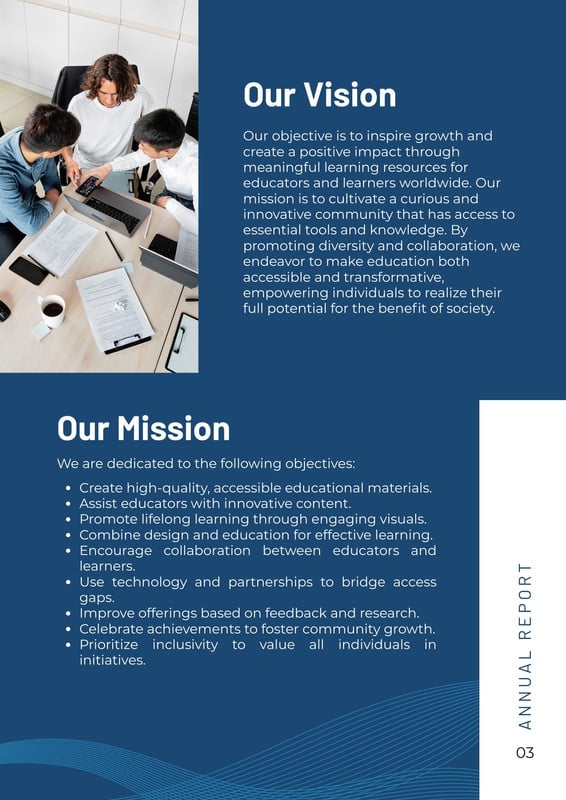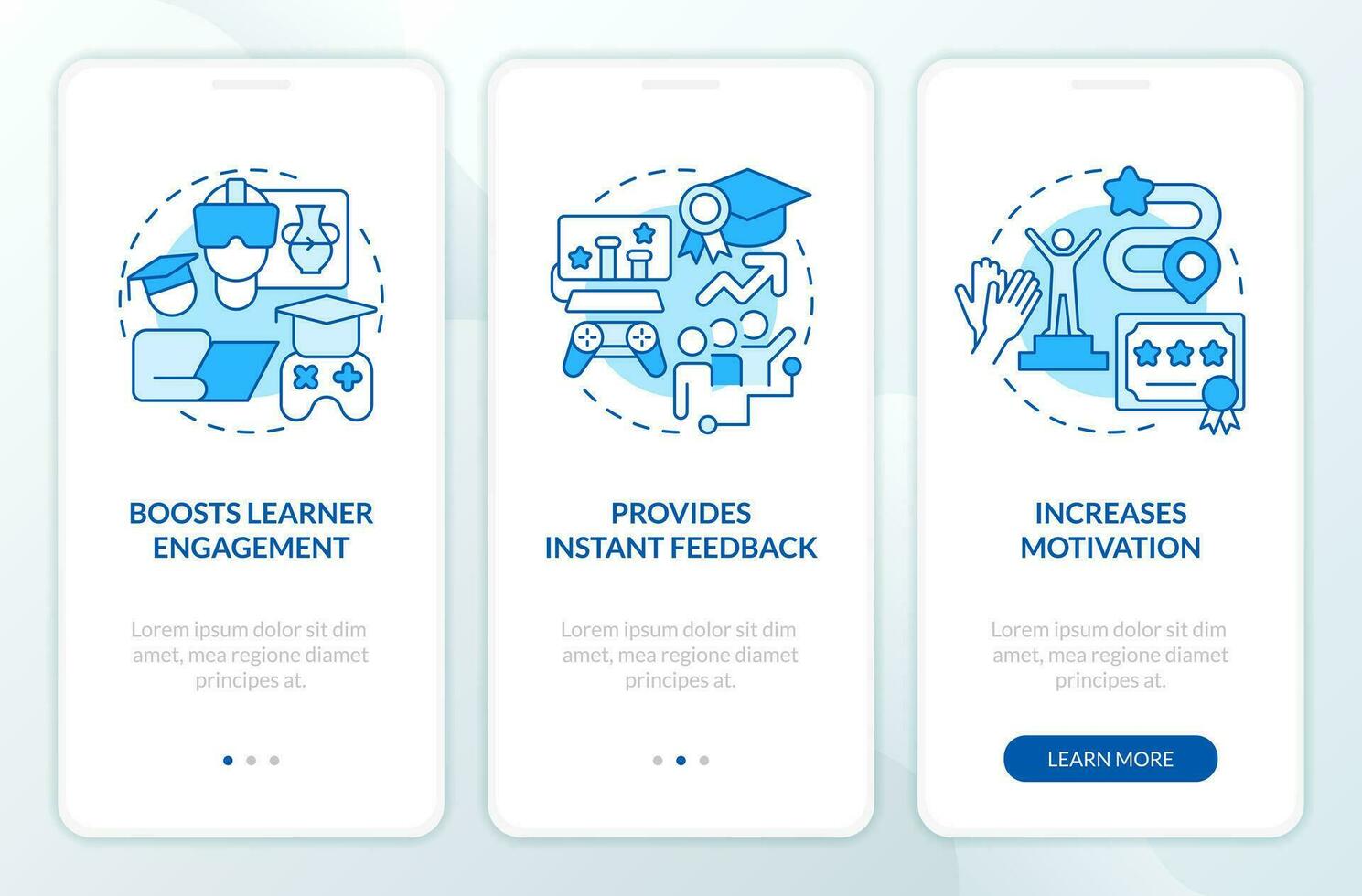Crafting Your Success: A Comprehensive Guide to Personalized Professional Development



- Increased earning potential
- Improved job satisfaction
- Enhanced career opportunities
- Greater competitiveness in the job market
- Increased confidence and self-esteem
Benefit | Description |
|---|---|
Career Advancement | A PDP helps you identify and acquire the skills needed for promotions and leadership roles. |
Increased Earning Potential | Developing in-demand skills can lead to higher salaries and better job offers. |
Job Satisfaction | Continuous learning and development can make your work more engaging and fulfilling. |
Competitive Advantage | Staying up-to-date with industry trends and technologies makes you a more valuable asset. |
Personal Growth | A PDP fosters self-awareness, confidence, and a growth mindset. |
Benefit | Description |
|---|---|
Career Advancement | A PDP helps you identify and acquire the skills needed for promotions and leadership roles. |
Increased Earning Potential | Developing in-demand skills can lead to higher salaries and better job offers. |
Job Satisfaction | Continuous learning and development can make your work more engaging and fulfilling. |
Competitive Advantage | Staying up-to-date with industry trends and technologies makes you a more valuable asset. |
Personal Growth | A PDP fosters self-awareness, confidence, and a growth mindset. |

- Self-Assessment: Identify your strengths, weaknesses, and interests.
- Goal Setting: Define SMART (Specific, Measurable, Achievable, Relevant, Time-bound) goals.
- Identify Development Activities: Choose learning opportunities that align with your goals.
- Create a Timeline: Set realistic deadlines for each activity.
- Seek Feedback: Get input from mentors, colleagues, and supervisors.
- Implement Your Plan: Take action and track your progress.
- Evaluate and Adjust: Regularly review your plan and make necessary adjustments.
Step | Description | Example |
|---|---|---|
Self-Assessment | Identify strengths, weaknesses, interests, and values. | Use a SWOT analysis to identify your strengths, weaknesses, opportunities, and threats. |
Goal Setting | Define specific, measurable, achievable, relevant, and time-bound goals. | Increase project management skills by completing a certification course within six months. |
Identify Activities | Choose learning opportunities that align with your goals. | Attend industry conferences, take online courses, or participate in mentoring programs. |
Create a Timeline | Set realistic deadlines for completing each activity. | Allocate two hours per week to online learning. |
Seek Feedback | Get input from mentors, colleagues, and supervisors. | Schedule regular meetings with your mentor to discuss your progress. |
Implement Your Plan | Take action and track your progress towards your goals. | Document your learning experiences and track your achievements. |
Evaluate and Adjust | Regularly review your plan and make necessary adjustments. | Review your progress quarterly and make adjustments as needed based on your performance and changing circumstances. |
Step | Description | Example |
|---|---|---|
Self-Assessment | Identify strengths, weaknesses, interests, and values. | Use a SWOT analysis to identify your strengths, weaknesses, opportunities, and threats. |
Goal Setting | Define specific, measurable, achievable, relevant, and time-bound goals. | Increase project management skills by completing a certification course within six months. |
Identify Activities | Choose learning opportunities that align with your goals. | Attend industry conferences, take online courses, or participate in mentoring programs. |
Create a Timeline | Set realistic deadlines for completing each activity. | Allocate two hours per week to online learning. |
Seek Feedback | Get input from mentors, colleagues, and supervisors. | Schedule regular meetings with your mentor to discuss your progress. |
Implement Your Plan | Take action and track your progress towards your goals. | Document your learning experiences and track your achievements. |
Evaluate and Adjust | Regularly review your plan and make necessary adjustments. | Review your progress quarterly and make adjustments as needed based on your performance and changing circumstances. |

- Formal Training Programs: Workshops, seminars, certification courses
- Online Courses and Webinars: Flexible and convenient learning options
- Mentoring and Coaching: Personalized guidance and support
- On-the-Job Training: Practical experience and skills development
- Networking Events and Industry Conferences: Connecting with other professionals and learning about new trends
- Reading Books and Articles: Staying up-to-date on industry news and best practices
- Attending Workshops: Short, intensive programs focusing on specific skills
Activity Type | Description | Benefits | Considerations |
|---|---|---|---|
Formal Training | Structured learning programs led by experienced instructors. | In-depth knowledge, hands-on practice, certification. | Cost, time commitment, relevance to goals. |
Online Learning | Flexible and convenient courses and webinars. | Self-paced learning, affordability, wide range of topics. | Motivation, self-discipline, quality of content. |
Mentoring/Coaching | Personalized guidance and support from experienced professionals. | Tailored advice, networking opportunities, career development. | Finding a suitable mentor/coach, time commitment, open communication. |
On-the-Job Training | Practical experience and skills development through work assignments. | Real-world application, immediate feedback, relevance to job duties. | Availability of opportunities, supportive supervisor, clear expectations. |
Networking | Connecting with other professionals and learning about new trends. | Expanding your network, gaining insights, finding new opportunities. | Time commitment, social skills, follow-up. |
Activity Type | Description | Benefits | Considerations |
|---|---|---|---|
Formal Training | Structured learning programs led by experienced instructors. | In-depth knowledge, hands-on practice, certification. | Cost, time commitment, relevance to goals. |
Online Learning | Flexible and convenient courses and webinars. | Self-paced learning, affordability, wide range of topics. | Motivation, self-discipline, quality of content. |
Mentoring/Coaching | Personalized guidance and support from experienced professionals. | Tailored advice, networking opportunities, career development. | Finding a suitable mentor/coach, time commitment, open communication. |
On-the-Job Training | Practical experience and skills development through work assignments. | Real-world application, immediate feedback, relevance to job duties. | Availability of opportunities, supportive supervisor, clear expectations. |
Networking | Connecting with other professionals and learning about new trends. | Expanding your network, gaining insights, finding new opportunities. | Time commitment, social skills, follow-up. |

- Set realistic deadlines for each activity.
- Track your progress and monitor your achievements.
- Seek feedback from mentors, colleagues, and supervisors.
- Celebrate your successes and acknowledge your progress.
- Stay motivated by reminding yourself of the benefits of achieving your goals.
- Be flexible and willing to adjust your plan as needed.
Evaluation Metric | Description | Frequency | Action |
|---|---|---|---|
Goal Attainment | Measure progress towards achieving your SMART goals. | Quarterly | Adjust activities or timelines if goals are not being met. |
Skill Development | Assess improvement in targeted skills and knowledge. | Semi-annually | Refine learning strategies or seek additional resources if needed. |
Feedback | Gather input from mentors, colleagues, and supervisors. | Annually | Address areas for improvement and incorporate feedback into your plan. |
Overall Satisfaction | Evaluate your satisfaction with your PDP and its impact on your career. | Annually | Make significant adjustments to your plan based on your overall satisfaction and career aspirations. |
Evaluation Metric | Description | Frequency | Action |
|---|---|---|---|
Goal Attainment | Measure progress towards achieving your SMART goals. | Quarterly | Adjust activities or timelines if goals are not being met. |
Skill Development | Assess improvement in targeted skills and knowledge. | Semi-annually | Refine learning strategies or seek additional resources if needed. |
Feedback | Gather input from mentors, colleagues, and supervisors. | Annually | Address areas for improvement and incorporate feedback into your plan. |
Overall Satisfaction | Evaluate your satisfaction with your PDP and its impact on your career. | Annually | Make significant adjustments to your plan based on your overall satisfaction and career aspirations. |








